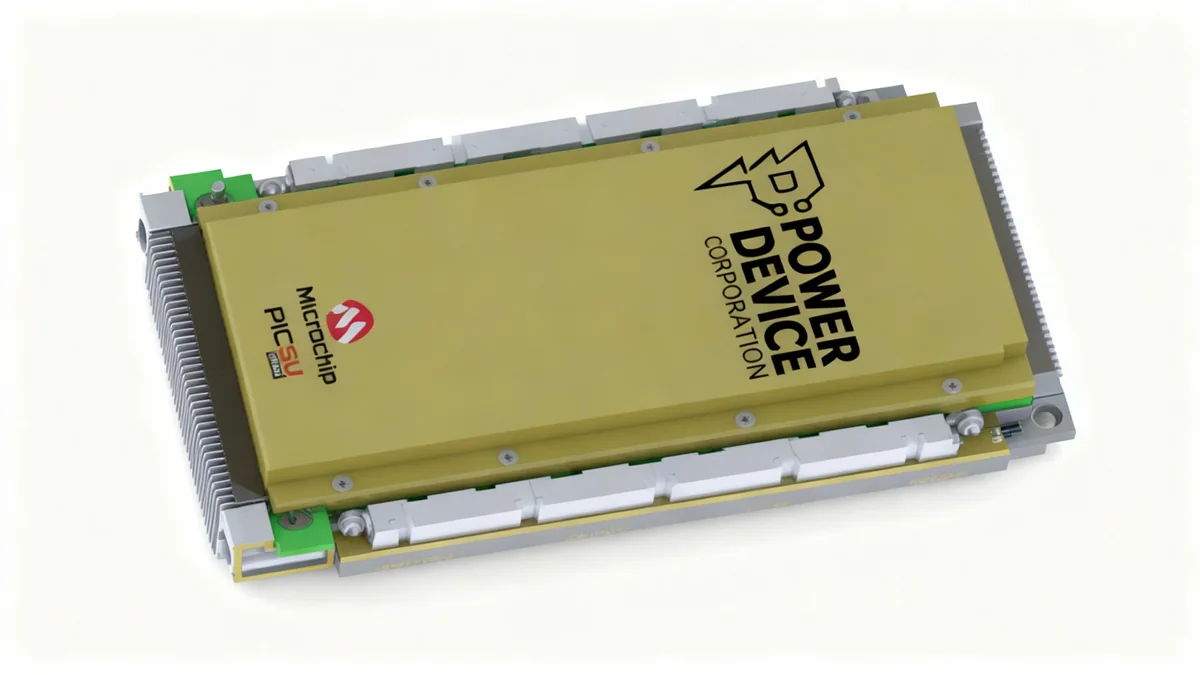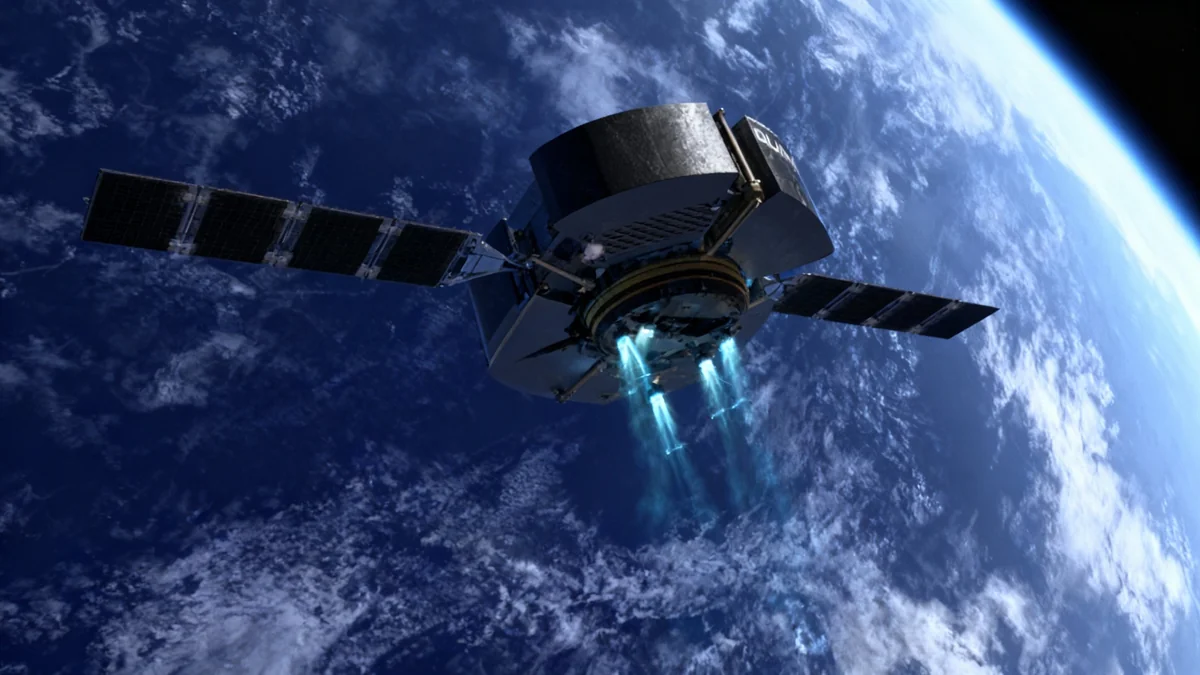Scientists have developed a new type of ice drill that uses a laser to vaporize ice, offering a lightweight and energy-efficient way to explore the hidden oceans of moons like Jupiter's Europa. This technology could overcome major challenges that have hindered previous concepts for deep-space exploration.
Developed by a team at Technische Universität Dresden in Germany, the instrument is designed to bore deep, narrow channels through miles of ice without the heavy equipment required by traditional drills. By analyzing the vapor that rises from the borehole, researchers hope to find clues about the composition of subsurface oceans and potentially discover signs of life.
Key Takeaways
- A new laser-based drill vaporizes ice directly into gas (sublimation), allowing for deep exploration with minimal equipment.
- The system is significantly lighter and less power-hungry than traditional mechanical drills or melting probes.
- It allows for real-time analysis of ice composition by examining the vapor and dust ejected from the borehole.
- Potential applications include exploring the subsurface oceans of Europa and Enceladus, as well as icy craters on the Moon and Mars.
- The technology has also been successfully tested on Earth for avalanche risk assessment.
A New Approach to Cosmic Ice Exploration
For decades, one of the biggest hurdles in planetary science has been figuring out how to drill through the thick ice shells of distant moons. Worlds like Europa and Saturn's Enceladus are believed to harbor vast liquid water oceans beneath their frozen surfaces, making them prime candidates in the search for extraterrestrial life.
However, getting through ice that can be several kilometers thick is a monumental engineering challenge. Conventional mechanical drills are heavy and become even more cumbersome as they go deeper. Melting probes, which use heat to liquefy the ice, require enormous amounts of power delivered through heavy cables.
Researchers at the Institute of Aerospace Engineering at Technische Universität Dresden have proposed a novel solution. Their concept uses a concentrated laser beam fired from a surface lander. Instead of melting the ice, the laser's energy causes it to instantly turn into vapor in a process called sublimation.
"We've created a laser drill that enables deep, narrow and energy-efficient access to ice without increasing instrument mass — something mechanical drills and melting probes cannot achieve," explained Martin Koßagk, the lead author of a study on the technology.
This approach keeps all the heavy machinery on the surface. The only thing that penetrates the ice is the beam of light itself, creating a tiny, pinhole-like channel. The vaporized ice and any trapped dust particles travel up this channel to the surface, where they can be collected and analyzed by instruments on the lander.
Drill Specifications
- Power Consumption: Approximately 150 watts
- Projected Mass: Around 4 kilograms (9 pounds)
- Key Feature: Mass remains constant, regardless of drilling depth.
How the Laser Drill Works
The system's elegance lies in its simplicity. By vaporizing only a tiny column of ice, the total energy required is far less than what's needed to melt a wide channel for a probe to descend. This efficiency is critical for space missions where power and mass are strictly limited.
As the vapor and dust travel to the surface, a mass spectrometer can analyze their chemical makeup. This gives scientists a layer-by-layer reading of the ice's composition, density, and thermal properties. Such data is invaluable for understanding how the ice shells of these moons formed and evolved.
"This makes subsurface exploration of icy moons more realistic, allowing high-resolution analysis of ice composition and density," Koßagk stated. He added that the data could improve models of heat transport and help determine the true depth of these hidden oceans.
Overcoming Obstacles in Icy Terrain
The laser drill also has an advantage in dusty environments. Layers of dust and sediment within the ice can slow down or even stop traditional melting probes. The laser, however, can be more effective in these looser, dust-rich layers, potentially allowing it to drill faster and deeper.
Initial tests have shown promising results. In laboratory settings under vacuum and cryogenic conditions, a prototype successfully drilled through 20-centimeter ice samples. Field tests in the Alps and the Arctic demonstrated its ability to penetrate over a meter of snow.
Using just 20 watts of laser power, the system achieved drilling speeds of nearly one meter per hour, and up to three meters per hour in less dense, dusty ice. These speeds are competitive with other drilling methods but are achieved with a fraction of the mass and complexity.
Potential Targets for Exploration
Beyond Europa and Enceladus, this technology could be used in other frozen corners of the solar system. Scientists are interested in exploring permanently shadowed craters on the Moon, which are thought to contain water ice. The laser drill could also be used to analyze ice-bearing soils near the poles of Mars, providing insights into the planet's geological and climate history.
Challenges and Future Development
The technology is not without its limitations. The laser drill would be stopped by solid rock or thick layers of pure dust where there is no ice to vaporize. To avoid this, mission planners would likely use ground-penetrating radar to map the subsurface and identify a clear path for the drill.
"It is therefore important to operate the laser drill in conjunction with other measuring instruments," Koßagk noted. "Radar instruments could look into the ice and locate larger obstacles, which the laser drill could then drill past."
Another challenge would be encountering a liquid water-filled crevasse. If the drill breaks into such a pocket, water would flow into the borehole. The system would need a mechanism to pump the water out before it could continue drilling deeper. However, this scenario also presents an opportunity to directly sample liquid water for signs of microbial life.
The next steps for the team involve miniaturizing the system into a compact payload suitable for a space mission. They also need to develop a unit for separating dust from the vapor and complete rigorous space-qualification tests to ensure the hardware can survive the harsh environment of space and the surface of an icy moon.
From Alien Worlds to Alpine Slopes
While the primary goal is space exploration, the laser drill has a valuable application here on Earth: predicting avalanches. Snowpack density is a critical factor in avalanche formation, but measuring it traditionally requires digging a snow pit, which is time-consuming and can be dangerous.
In field tests conducted with the Austrian Research Centre for Forests, the laser drill was used to measure snow density quickly and without excavation. Koßagk suggested that the system could be mounted on a drone to collect data from hazardous slopes that are inaccessible to humans.
Whether it's searching for life on a distant moon or making mountain slopes safer on Earth, the principle is the same. This innovative technology provides a new way to look beneath the surface and uncover the secrets hidden within the ice.





